Is Rubber Plant Toxic to Cats?
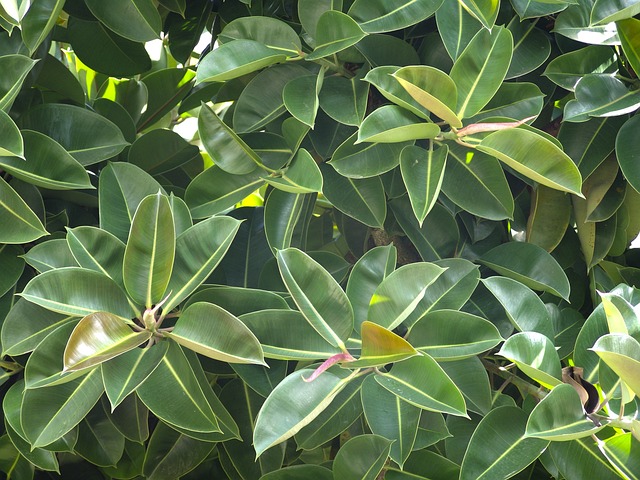
Here's the truth:
Your feline friend nibbling on your rubber plant might seem harmless, but what if I told you it's a potential nightmare in disguise? 😱
Ignoring this ticking time bomb could leave you in a panic.
But fear not, my guide has the answers.
Let's save your kitty!
Are Rubber Plants Toxic to Cats?
Yes, rubber plants can be toxic to cats. The leaves and sap contain latex that can cause skin irritation, oral irritation, drooling, and vomiting if ingested. Some varieties, like Ficus elastica, are more toxic than others. You have to prevent cats from nibbling on these plants.
Let me make this crystal clear:
Rubber plants can be dangerous for your cats.
Different parts of the rubber plant, like the leaves and sap, contain toxic latex that can cause skin irritation, oral irritation, drooling, and vomiting if your cat decides to nibble on them.
Here's the catch:
Cats can generally coexist with rubber plants as long as they don't scratch or damage them and there's no sap present.
So, it's fine to let your cat play around without wrecking the plant.
However, some rubber plant varieties are more toxic than others.
The Ficus elastica, also known as the rubber plant, produces highly toxic latex sap that can lead to poisoning in cats.
Be cautious about your cat ingesting any part of this plant.
But not all rubber plants pose the same danger to cats.
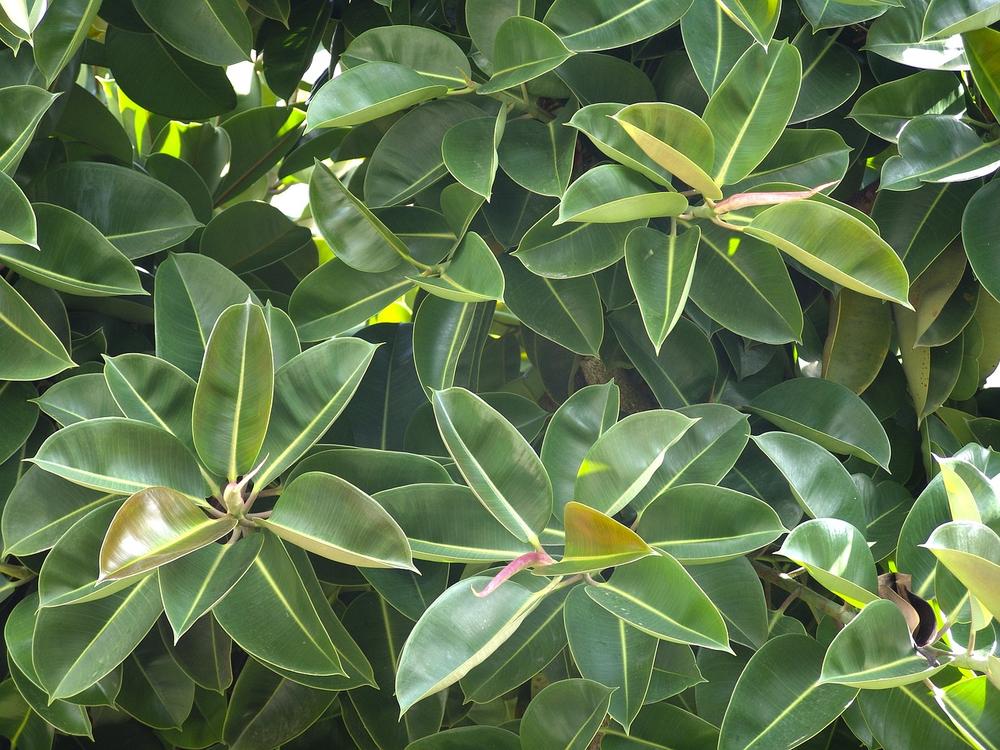
Take the Peperomia Obtusifolia, also called the American Rubber plant, for example.
It won't give your cat tummy troubles unless they excessively munch on it.
By the way, for all you parents out there, rubber plants belong to the Moraceae family and originate from Southeast Asia.
They have waxy leaves and can reach heights of six to ten feet when they feel like it.
These plants thrive in bright light but can survive in low-light areas too.
Oh, and here's an interesting fact: damaged rubber plants release toxins as a defense mechanism against being eaten too much.
But wait, there's more!
Baby rubber plants are non-toxic, which is great for beginners who want a low-maintenance plant-parenting experience.
Just water them occasionally, place them in indirect sunlight, and they'll be content.
Before I forget, rubber plants aren't exactly harmless to humans either.
They rank high in safety guidelines (class 4) due to their latex content, which can trigger allergies or upset your stomach if consumed excessively.
So, be aware of potential health risks.
Main points I'll expand upon further down this article:
- Keep rubber plants out of reach to prevent poisoning in cats.
- Citrus fruits, stones, coffee grounds, lavender, and rosemary can deter cat chewing.
- Repellant sprays and creative methods can help keep rubber plants away.
- Wash off latex sap and provide relief for skin irritation.
- Remove plant, rinse mouth, induce vomiting, and seek veterinary help if ingestion occurs.
- Provide fluids and use pet first aid kits to prevent dehydration.
- Recovery time depends on the amount ingested, under 2mg takes less than a week.
- Symptoms of poisoning include drooling, vomiting, diarrhea, and swollen mouth.
- Kittens under six months old are particularly vulnerable.
- Toxicity can cause severe effects such as dehydration, shock, and even death.
What to Do If Your Cat Eats a Rubber Plant?
Preventing cats from ingesting rubber plants
So, your curious cat has a thing for rubber plants?
Not good!
To keep your feline friend safe and prevent any poisoning risks, follow these steps:
First, remove your cat from the area where the rubber plant is.
Make sure they can't access it again.
You must keep these plants out of reach, especially for indoor cats who may chew on them when bored.
Trust me, you don't want to deal with the consequences or clean up after!
Now, let's talk about deterrents.
There are natural ways to discourage your furry friend from turning the rubber plant into their personal snack.
Citrus fruits, stones, coffee grounds, lavender, or rosemary can help.
Get creative and find what works best for you and your finicky furball.
Sometimes, a strong scent alone can do the trick!
And if those fail, there are repellent sprays designed specifically to keep cats away.
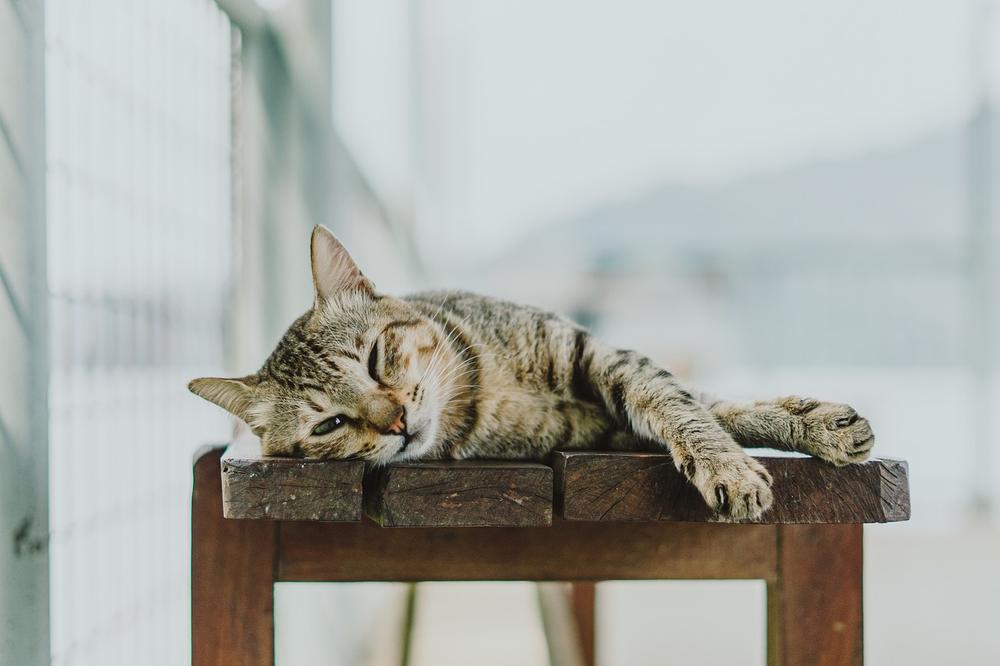
Just ensure they're safe before using them.
Dealing with rubber plant contact and ingestion
Here's something important:
Both cats and humans can experience irritation when coming into contact with rubber plant sap (latex).
If your cat rubs against the plant and starts itching and shaking, take these steps:
First, wash off the sap from your cat's skin and provide relief from the itchiness while waiting for veterinary guidance.
Speaking of which, seek professional advice from your vet if your furry buddy actually eats rubber plant leaves.
Give them all the information – breed, age, symptoms, and amount consumed because every detail matters.
Treatment usually involves removing any leftover plant matter from your cat's mouth, inducing vomiting under vet supervision, and giving appropriate medication.
Alongside, offer fluids and consider using a pet first aid kit to prevent dehydration.
Recovery time depends on how much rubber plant was eaten.
Less than 2mg means your playful pal will likely bounce back in less than a week, while more than 2mg may require 2-3 weeks of patience.
Keep the vet updated on your fur baby's progress until they fully recover.
Here's what you can do if your curious cat happens to eat a rubber plant.
Now, I understand that this can be concerning, but don't worry, I've got you covered.
In my blog post, you'll find an article that tackles whether the prayer plant is toxic to cats and provides effective ways to keep your feline friend away from it.
Check out my guide Is Prayer Plant Toxic to Cats to ensure your cat's safety.
What Are the Symptoms of Rubber Plant Poisoning in Cats?
Watch for symptoms like drooling, vomiting, diarrhea, loss of appetite, swollen mouth, reduced appetite, skin irritation, abnormal bowel movements, increased water intake, restlessness, fluid feces, lethargy, abnormal activity levels, vomiting with white froth, chewed and torn leaves, soil dust on the ground, dust particles on your cat's paws, leftover leaf parts on the mouth, and signs of pain like whining in cats exposed to rubber plants.
Kittens under six months old are especially vulnerable to this type of poisoning.
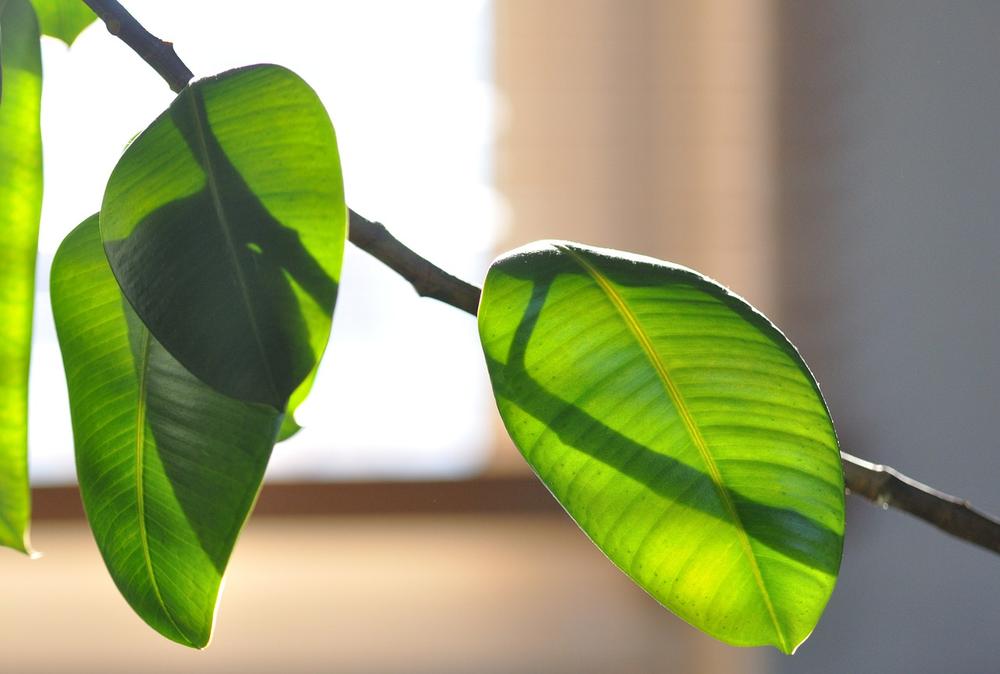
Diagnosis relies on ruling out other potential causes.
Rubber plant toxicity can result in mouth, gastrointestinal tract, and skin irritation.
In severe cases, it may cause dehydration, heart irregularities, shock, high fever, and even death in cats.
Common Houseplants That Are Toxic to Cats
You gotta be careful with common houseplants like lilies, azaleas, and daffodils because they're toxic to cats. 😺
But don't think it's only a problem for cats - other pets like dogs, rabbits, guinea pigs, and birds can also get affected.
So, what you really need to do is ensure these plants are nowhere near your furry buddies.
The name of the game here is prevention.
That's how we keep our lovely pets safe.
To safeguard your cats, just put those plants in a spot where they can't reach them. And if you want to go the extra mile, try using citrus deterrents or spraying some water to discourage them.
Now, here's another trick - offer them some safe alternatives like cat grass or catnip.
That way, they'll be less tempted by those toxic plants.
Here's an idea:
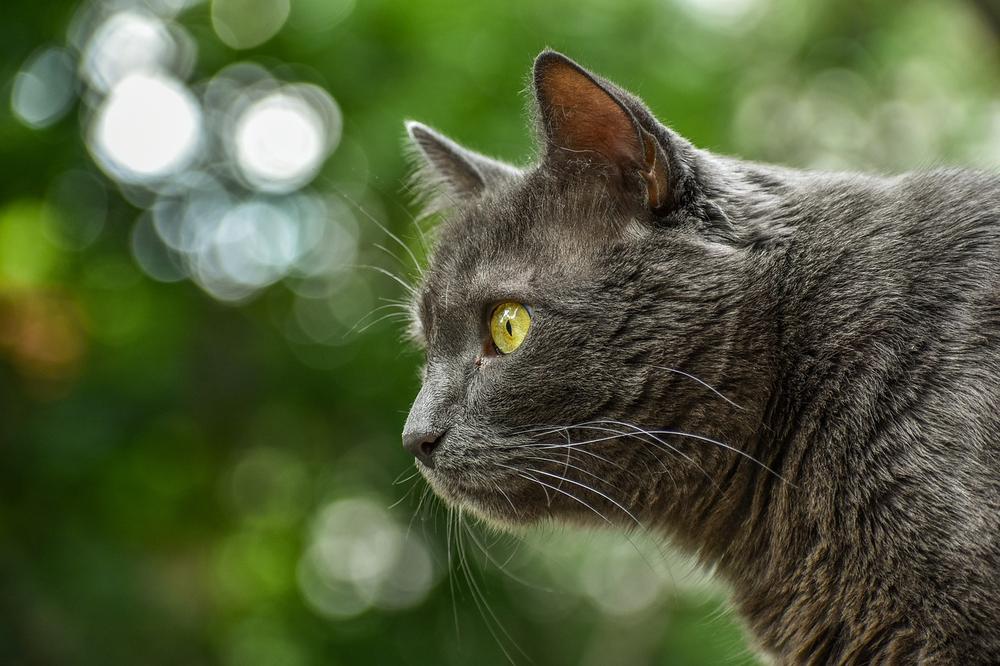
Keep those plants trimmed regularly and give them their own separate space.
It might sound simple, but trust me, it reduces the risk even more.
If you're super worried about those poisonous plants, why not consider going for artificial ones?
They still bring that beauty to your home without any of the dangers.
Good news!
There are actually non-toxic plants that you can have around your pets safely. Some examples include tomato plants, mothers-in-law's tongue, devil's ivy, mass cane, peace lilies, aloe vera, orchids, blue echeveria succulents, and spider plants.
And hey, these plants not only look good, but they also help clean the air inside your house. Double win!
But remember, even those holiday plants like Christmas and Thanksgiving Cacti can cause tummy troubles if your pets decide to munch on them.
If you're all about having a pet-friendly home, you might wanna check out the ponytail palm tree.
It's low-maintenance, doesn't need much light, and you can keep it indoors during winter.
Perfect option, right?
And that wraps up today's article.
If you wish to read more of my useful articles, I recommend you check out some of these: Is Fittonia Toxic to Cats, Is Polka Dot Plant Toxic to Cats, Are Hyacinths Poisonous to Cats, Can I Have a Vet Over to My House, and Why Is My Pregnant Cat Not Eating
Talk soon,
-Sarah Davis